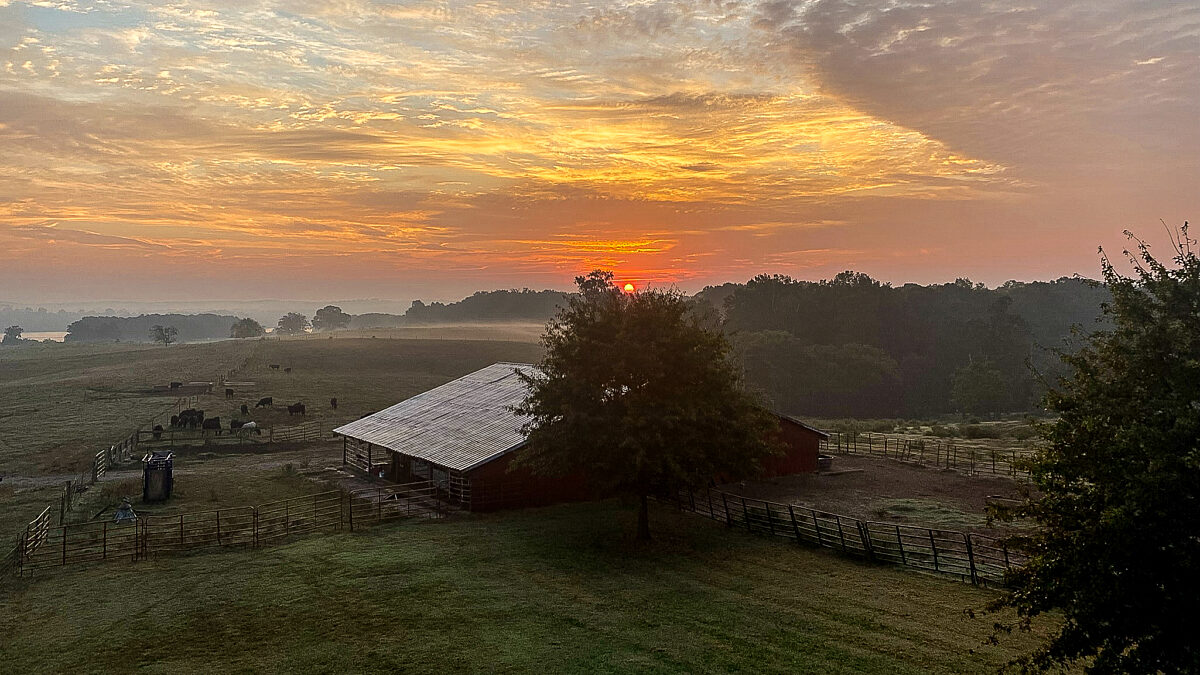UPDATE: Paycheck Protection Loans Available to Farmers, Regardless of Revenue, Apply Now
TOPICS
SBA
photo credit: AFBF Photo, Mike Tomko
Veronica Nigh
Former AFBF Economist
Yesterday morning, we posted an article, Farmers’ Use of Paycheck Protection Loan Depends on ‘Small Business’ Definition, questioning whether the Small Business Administration’s industry-level standards pertaining to revenues would be enforced, ultimately excluding thousands of agricultural producers from getting Paycheck Protection Program Loans. Yesterday evening, SBA released the Paycheck Protection Program interim final rule. Based on our analysis of the IFR, we are pleased to confirm that the IFR removes the industry-specific revenue thresholds. Agriculture enterprises that employ 500 or less people whose principal place of residence is in the United States are eligible, regardless of revenue levels.
Paycheck Protection Program Loans (PPPL)
In a nutshell, the PPPL is designed to help small businesses keep their employees paid through this difficult period. The PPPL provides $349 billion in forgivable loans to small businesses to pay employees and keep them on the payroll. These loans are open to most businesses under 500 employees, including non-profits, the self-employed, startups and cooperatives.
The PPPL will provide to eligible businesses loans of up to $10 million to cover 2.5 times the average monthly payroll costs, measured over the 12 months preceding the loan origination date, plus an additional 25% for non-payroll costs. Payroll costs include salaries, commissions and tips; employee benefits (including health insurance premiums and retirement benefits); state and local taxes; and compensation to sole proprietors or independent contractors. Non-payroll costs include interest on mortgage obligations incurred before Feb. 15, 2020, rent under lease agreements in force before Feb. 15, 2020, and utilities for which service began before Feb. 15, 2020.
The real highlight of the PPPL however, is that the portion of the loan that covers eligible expenses within an eight-week period from Feb. 15, 2020 – June 30, 2020, is forgivable, as long as the company maintains staff and payroll. Any loan proceeds in excess of this amount are subject to repayment at a rate of 1%. The maximum duration of the PPPL loans is two years.
In addition to the question about industry-specific revenue thresholds, the IFR does seem to confirm that wages paid to H-2A workers do not count toward a farm’s payroll cost. The IFR also confirmed that independent contractors neither count toward payroll costs, nor toward the number of the business’s employees. The logic here is that independent contractors are eligible to apply for their own PPP loan.
How to Apply
Funds from this program will be allocated to small businesses on a first-come, first-served basis. We recommend reaching out to an approved lender as soon as possible. The sample application, found here, can help potential borrowers prepare for the lender meeting.
Farmers can apply for the PPP through any existing SBA 7(a) lenders or through any federally insured depository institution, federally insured credit union or Farm Credit System institution that is participating. Current eligible lenders can be found by searching the SBA website here.
Applications can begin on:
* April 3 for small businesses and sole proprietorships through existing SBA 7(a) lenders
* April 10 for independent contractors and self-employed individuals through existing SBA 7(a) lenders
All federally insured depository institutions, federally insured credit unions and Farm Credit System institutions that are not existing SBA lenders can begin making loans once they are approved and enrolled in the SBA program. New lenders will need to submit their application to DelegatedAuthority@sba.gov to apply with the SBA.
Outstanding Questions
While the IFR provided welcome clarity on the revenue thresholds, this is a new program and questions are likely to arise. Questions we have already received include:
Question: PPP funds can be used for rent payments. Is rent inclusive of rental of all things (equipment, land, etc.) or is it limited to the rental of buildings? Answer: SBA does not define “rent” in the IFR. We have asked SBA for a definition.
Question: Will affiliations impact the business’s number of employees? Answer: Potentially. This will be determined on a case-by-case basis when a farmer applies for a PPP loan.
Question: Do H-2A workers count toward a farm’s total number of employees? Answer: This was not clarified in the IFR. We are working to get an answer on this question.
Conclusion
Intended to keep small business employees on the payroll, the PPPL will likely be an important lifeline for many, including independent contractors and the self-employed who will benefit from the program’s expanded eligibility. An important reminder - funds from this program will be available on a first-come, first-served basis.
Trending Topics
VIEW ALL